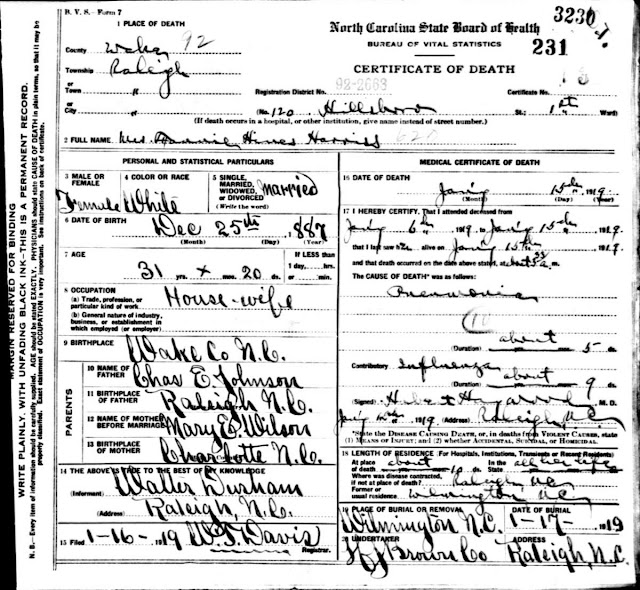We live in a magical age. At 3:00 in the morning, we can read the morning news from a virtual newspaper somewhere across the ocean. We can can slip a small disc into a box and from our easy chair watch a movie displayed in more vivid colors than we can count. Taking our coffee with us, we can get into the car and listen to music, broadcast from across the continent on satellite radio, all while traveling at 70 mph in a sound environment that is equal to being in the best seat of a grand concert hall.
One hundred years ago, people lived in a magical age too, but their entertainment was not a solitary experience. You had to go downtown to hear live music.
In 1912 it would be a rare city in America that did not have at least one theater. You could see a play, a melodrama or a comedy with musical interludes. You might take in a variety show, a musical or even operetta. In some theaters there was a new novelty called a motion picture. The images projected were in sepia tones, and the actors had no voice, but there was great music to carry the story along. It was played by live musicians in an orchestra much like the one shown above.
The German Orchester has a sign that says Wien ~ Berlin 1916, but the advertisements on the backdrops show that they are on a stage somewhere in America. This vintage photograph has no markings to show exactly where or when these musicians are from, but they are typical of a small theater orchestra of the early 20th century. The leader stands in front with his violin, surrounded by an ensemble of cello and bass for strings; flute and clarinet for woodwinds, cornet and trombone for brass; and piano and accordion for keyboard accompaniment. Oddly there is no percussionist.
To judge by the size of the group, their stage was probably quite modest. Larger theaters could boast of bands and orchestras that rivaled the numbers in an opera or symphony orchestra.
The Empress Theater of Kansas City, Missouri, pictured here on a 1912 postcard, was thought to be one of the most modern vaudeville theaters in Amerca when it opened in 1910. It had 1,902 seats and ran 3 shows daily.
Miss Bessie Pyatt of Rosedale, KS had a friend Mabel who wrote:
Dear Bess,
I would like to go Thurs. but as I have quarreled with my friend I don't see how I can. Are you still working? Do you remember this place here? Ans.
MabelRegrettably, this theater is all memories now, as few of these extravagant art houses have survived into the 21st century. A terrific resource for the history of old theaters is Cinematreasures.org.
Some theaters were part of other extravagant civic buildings like the Palace Theater in Chicago, IL which was on the ground floor of the City Hall Square building. It was built in 1912 but taken down in 1965 for the Richard J. Daley Center. Next to it was the Geo. M. Cohan's Grand Opera House.
The postcard is a colorized photo, but the pedestrians along the sidewalks are all crudely drawn figures.
Mr. Hans Hansen of Ludington, Michigan got this card from his daughter in 1914.
Dear Father,
Well how is the weather in Ludington It has been awful cold here for the last week, I think it will rain tonight. From your Loving Daughter, Lillie
Write soon.The New Princess Theater , also in Chicago, was built in 1906 for traditional stage productions with seating for 900. But it soon evolved into a hall for vaudeville acts and then movies. It closed in 1937.
The card is postmarked 1909 from Chicago to Miss Louise Amish of Rochester, NY.
Someone named
This is certainly a large city.
And now a postcard view of Fifth and Edmond Streets in St. Joseph, Missouri of 1913, where
All cars in the city pass this point.
The Orpheum theater, with 1000 seats, is on the corner. I think the vehicle on the left of the streetcar is an electric automobile.
It closed in 1957. Sadly here is what the corner of 5th and Edmond in St. Joseph looks like today. I don't think all the cars in St. Joseph pass by anymore.
UPDATE: I took a virtual walking tour around St. Joseph and made an interesting discovery.
If you use the Google Street View controls to turn around and "walk" back up Edmond St. to the 700 Block you will see another vintage theater, The Missouri, that has survived. A fine example of what looks like Oriental Art Deco, it was built in 1927 with 1200 seats, and in the late 70's was turned into a performing arts center for the city.
View Larger Map
George Crooks of Brantford, Ont. got this succinct note on the back of the postcard in April 1913.
Hello Tom
The CinemaTreasures.org website has this great image of the interior of the Orpheum Theater. Note the orchestra on right side of the movie screen.
| interior Orpheum Theater, St. Joseph, MO |
Perhaps they were showing this. An excerpt page from a wonderful Google eBook, The Moving Picture World from 1913. Another great resource on the history of early theaters and cinema.
Click the link to find more photos of this week's theme of Majestic Theaters.



























